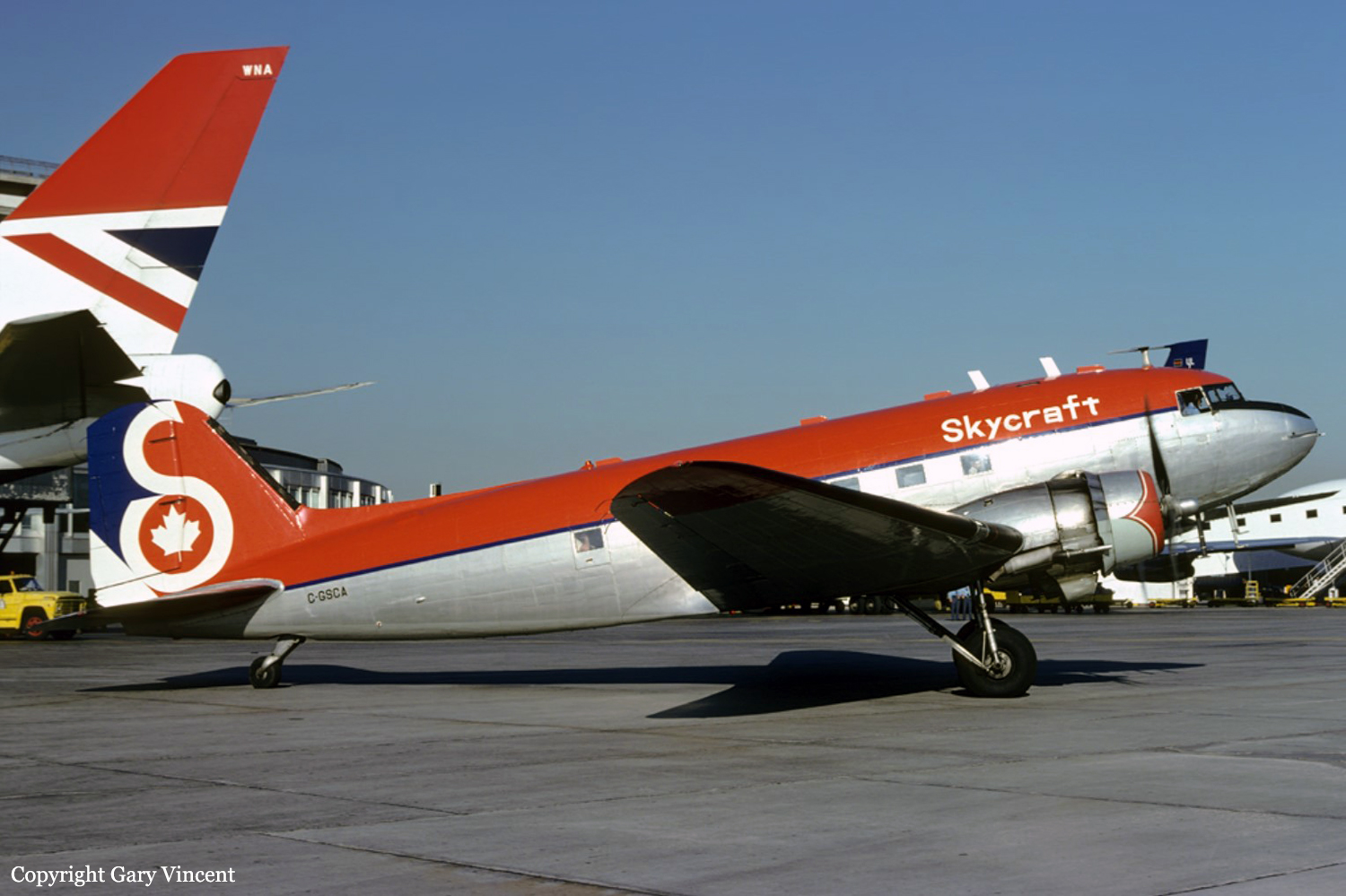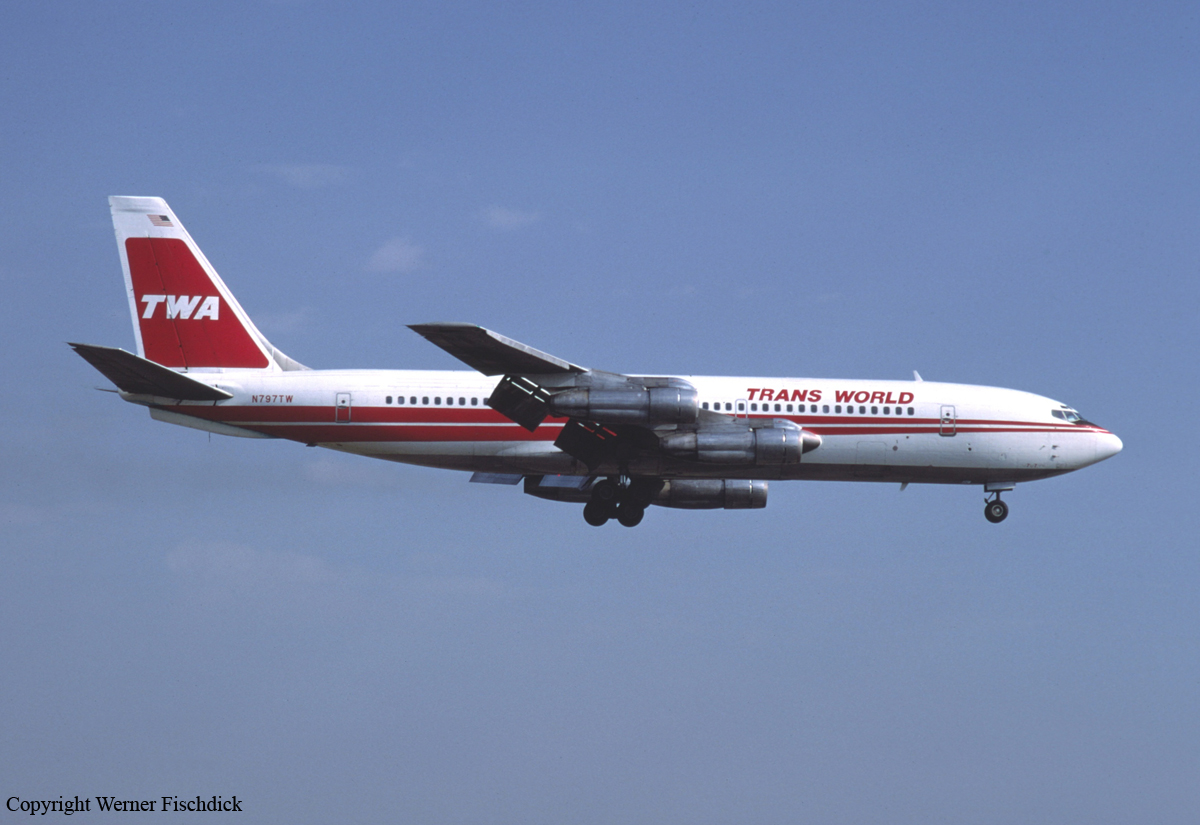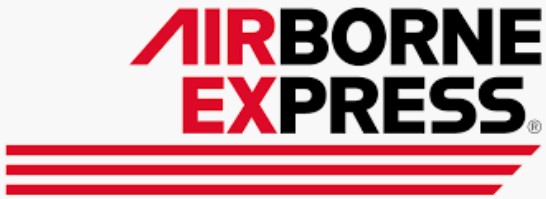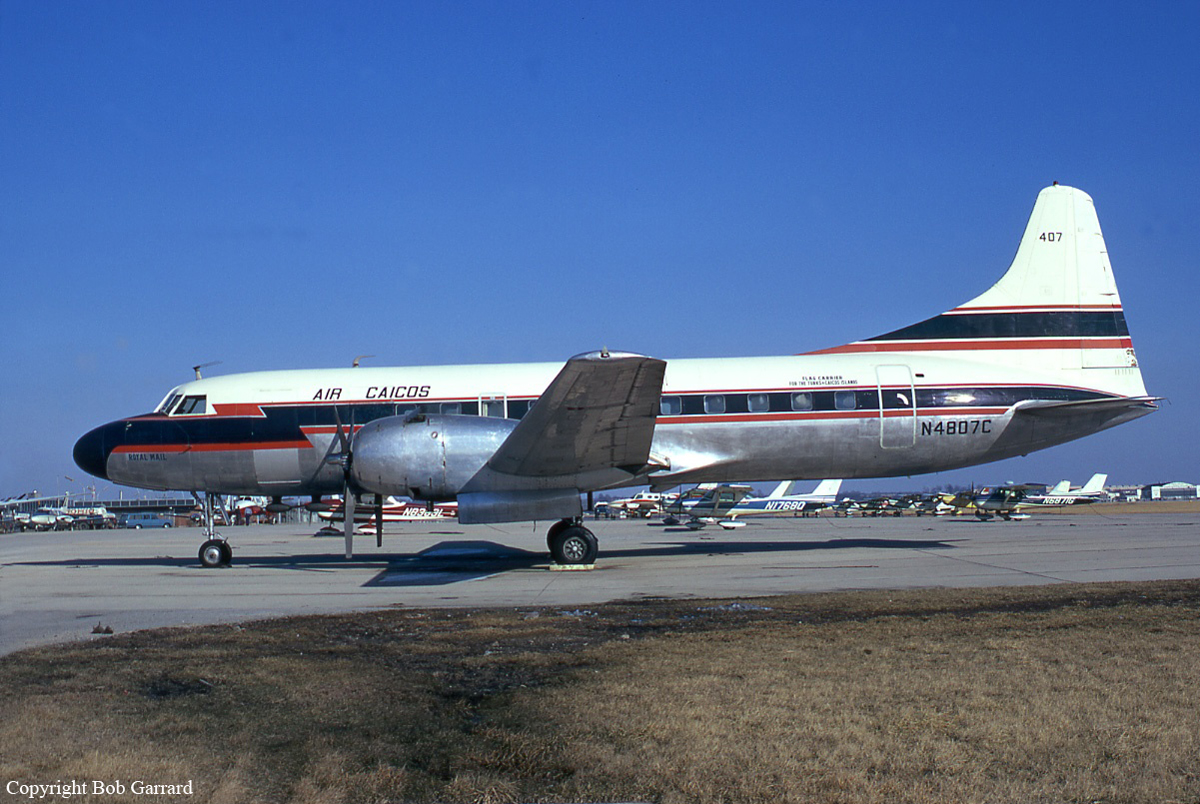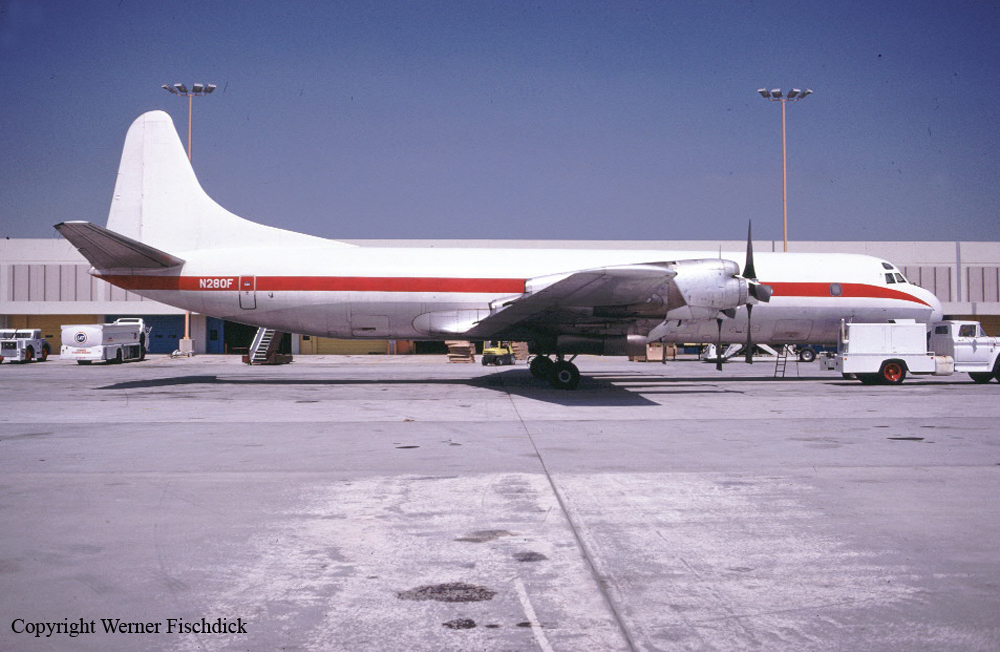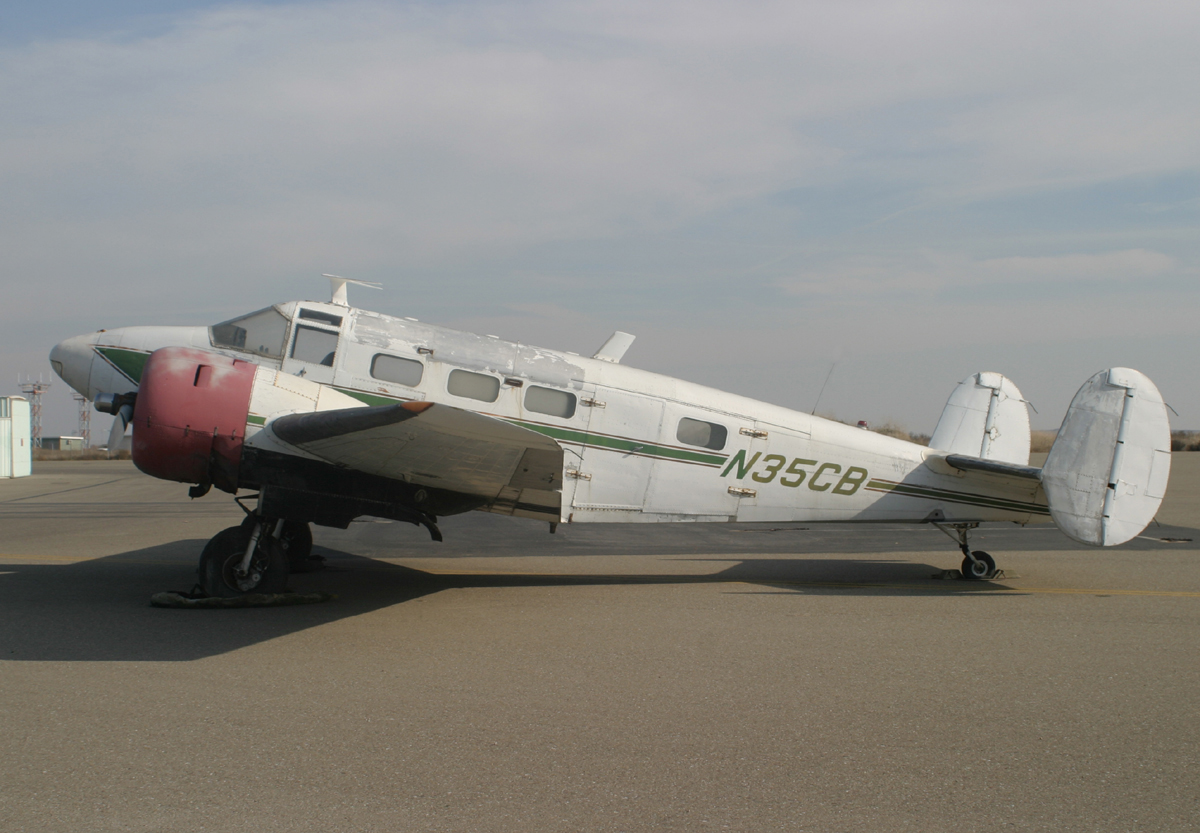Crash of a Douglas C-47B-20-DK in Saint Louis: 1 killed
Date & Time:
Jan 9, 1984 at 2232 LT
Registration:
C-GSCA
Survivors:
Yes
Schedule:
Saint Louis - Toronto
MSN:
15745/27190
YOM:
1945
Crew on board:
2
Crew fatalities:
Pax on board:
0
Pax fatalities:
Other fatalities:
Total fatalities:
1
Captain / Total hours on type:
1350.00
Aircraft flight hours:
17933
Circumstances:
After landing, the pilot-in-command (pic) placed a refueling order to fill the aircraft's two 210 gallons main tanks for a return flight to Toronto, Ontario, Canada. After the cargo was unloaded and the aircraft was refueled, the aircrew aborted the 1st two attempts to takeoff due to slow aircraft performance. Engine run-ups were performed after each abort and reportedly, the engines checked normal. After the 2nd aborted takeoff, the aircrew called the fbo and requested that the refueler be asked what type of fuel was added. The response was '100LL Avgas.' On the 3rd attempt to depart, the aircraft took off, but both engines lost power as the landing gear was retracted. The aircrew selected a highway on which to land. However, the left wing hit a utility pole, then the aircraft went thru a fence and hit a highway embankment. Investigation revealed that Jet-A fuel had been added to the aircraft rather than 100LL fuel. The truck containing Jet-A fuel looked similar to the one with 100LL Avgas, but was properly designated with fuel grade markings. A pilot was killed, the second was seriously injured.
Probable cause:
Occurrence #1: loss of engine power (total) - nonmechanical
Phase of operation: takeoff - initial climb
Findings
1. (c) fluid,fuel - improper
2. (c) maintenance, service of aircraft/equipment - improper - fbo personnel
3. Aircraft performance, two or more engines - inoperative
----------
Occurrence #2: forced landing
Phase of operation: descent - emergency
----------
Occurrence #3: in flight collision with object
Phase of operation: descent - emergency
Findings
4. (f) object - utility pole
----------
Occurrence #4: on ground/water collision with object
Phase of operation: landing
Findings
5. (f) object - fence
----------
Occurrence #5: on ground/water encounter with terrain/water
Phase of operation: landing
Findings
6. (f) terrain condition - dirt bank/rising embankment
Phase of operation: takeoff - initial climb
Findings
1. (c) fluid,fuel - improper
2. (c) maintenance, service of aircraft/equipment - improper - fbo personnel
3. Aircraft performance, two or more engines - inoperative
----------
Occurrence #2: forced landing
Phase of operation: descent - emergency
----------
Occurrence #3: in flight collision with object
Phase of operation: descent - emergency
Findings
4. (f) object - utility pole
----------
Occurrence #4: on ground/water collision with object
Phase of operation: landing
Findings
5. (f) object - fence
----------
Occurrence #5: on ground/water encounter with terrain/water
Phase of operation: landing
Findings
6. (f) terrain condition - dirt bank/rising embankment
Final Report:
